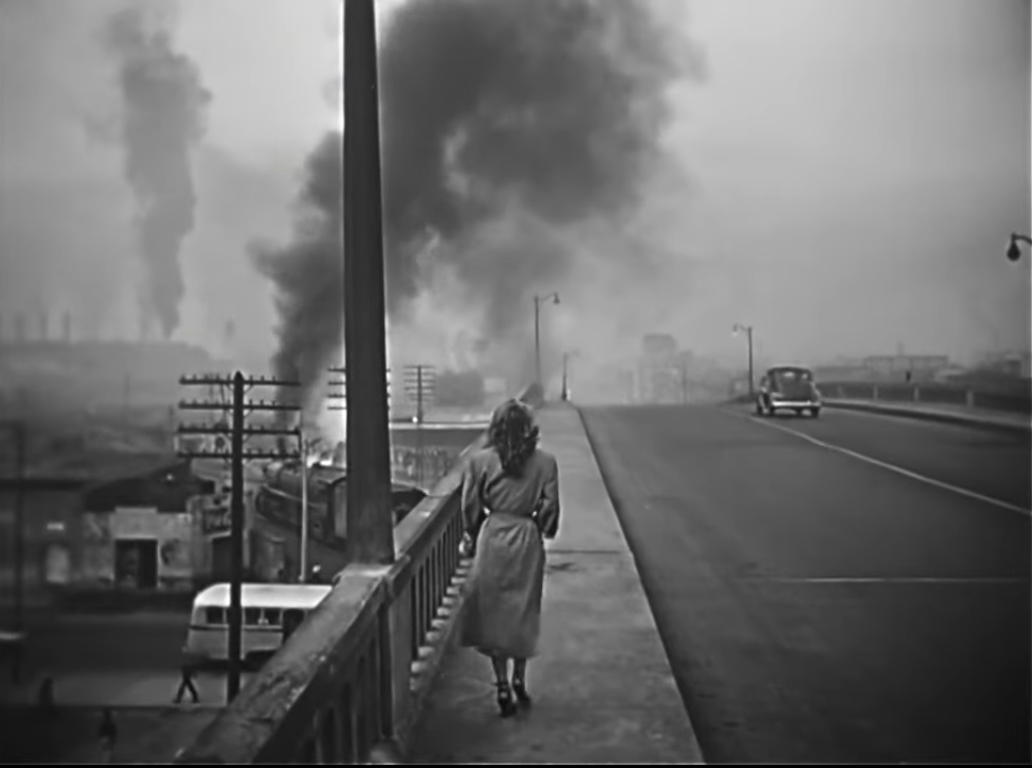
Nonoalco en el cine, sombra de la modernidad
With Carlos Rodríguez
As part of the Derivas de Arte y Arquitectura, Arte Abierto presents the conversation Nonoalco en el cine, sombra de la modernidad (Nonoalco in cinema, shadow of modernity), by Carlos Rodríguez.
In this drift, Carlos Rodríguez will explore the Nonoalco area in Mexican cinema before it was transformed under the precepts of the modern movement. In several films it can be seen how Nonoalco was a disorderly, hidden, dirty, extremely poor area, contrary to order as a political and social ideal of the mid-twentieth century. A place of transit for some, for others it was a place trapped by the railroad tracks and the passage of the railroad. Films such as A la sombra del puente (Roberto Gavaldón, 1948), Dos almas en el mundo (Chano Urueta, 1949), Vagabunda (Miguel Morayta, 1950), Víctimas del pecado (Emilio Fernández, 1951) and Del brazo y por la calle (Juan Bustillo Oro, 1956) represented Nonoalco as a gloomy place that hid a threatening facet of the city. These works offer an aesthetic and architectural framework to explore this place that was transformed and razed as part of the urban and architectural regeneration plan of the Conjunto Urbano Nonoalco Tlatelolco, a landmark of modernity in Mexico.
–Arte Abierto